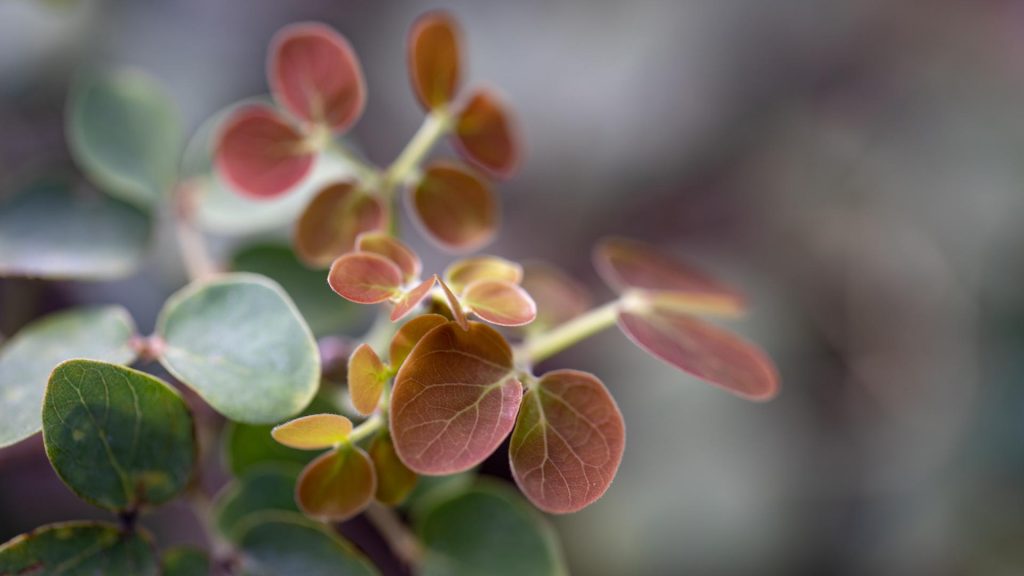UH: Propagation saves rare endangered species from extinction in Hawaiʻi

A species of plant declared extinct in the wild on Kahoʻolawe in 2015, has found new life thanks to seeds collected and propagated by experts at the University of Hawaiʻi at Mānoa.
UH reports that Ka palupalu o Kanaloa (Kanaloa kahoolawensis) is one of 10 most critically endangered plants and animals in the world to be impacted by climate change, according to a December 2021 report by the Endangered Species Coalition.
Ka palupalu o Kanaloa is described as a densely branched shrub with thin oval leaves and produces large clusters of small white flowers. The plant was historically found to grow on the rocky cliffs of Kahoʻolawe, but fossilized pollen from the species has been found on Oʻahu, Maui, and Kauaʻi, according to UH.
Two Ka palupalu o Kanaloa plants were discovered in 1992 growing on a sea stack off the coast of Kahoʻolawe, and seeds were collected from them before they died six years ago.
Conservation efforts through propagation to save Ka palupalu o Kanaloa were led by Doug Okamoto, a greenhouse technician with UH Mānoa’s Lyon Arboretum, and Anna Palomino from UH Mānoa’s Center for Conservation Research and Training. Palomino is also a Department of Land and Natural Resources Department of Forestry and Wildlife and Plant Extinction Prevention Program horticulturist.
According to UH, Palomino was able to germinate and grow seedlings, a first for Ka palupalu o Kanaloa in 24 years. Okamoto became the first person ever to produce rooted cuttings of Ka palupalu o Kanaloa.
Through the efforts of Palomino and Okamoto, there are now 23 plants resulting from hand pollination that are growing and producing seeds. For now, the species will live outside of their native habitat which researchers say “is being greatly affected by climate change.”

“There are so many other Hawaiian species in a similar situation as Kanaloa. With Kanaloa, at least we have begun to have some hope of its future survival,” Okamoto said in a UH press release. “The cooperation of the many different organizations involved in the Kanaloa project can be used as a model in helping in the recovery of other critically endangered plants.”
Experts said the bigger challenge is addressing the impacts of climate change, preventing plants like Ka palupalu o Kanaloa from being returned to their native habitat, according to the UH release.
Along with UH, other organizations such as the National Tropical Botanical Garden, Kahoʻolawe Island Reserve Commission, Plant Extinction Prevention Program and the Maui Nui Botanical Garden, are involved in the rescue of Ka paluplau o Kanaloa. These organizations are all a part of the Laukahi: The Hawaiʻi Plant Conservation Network.










